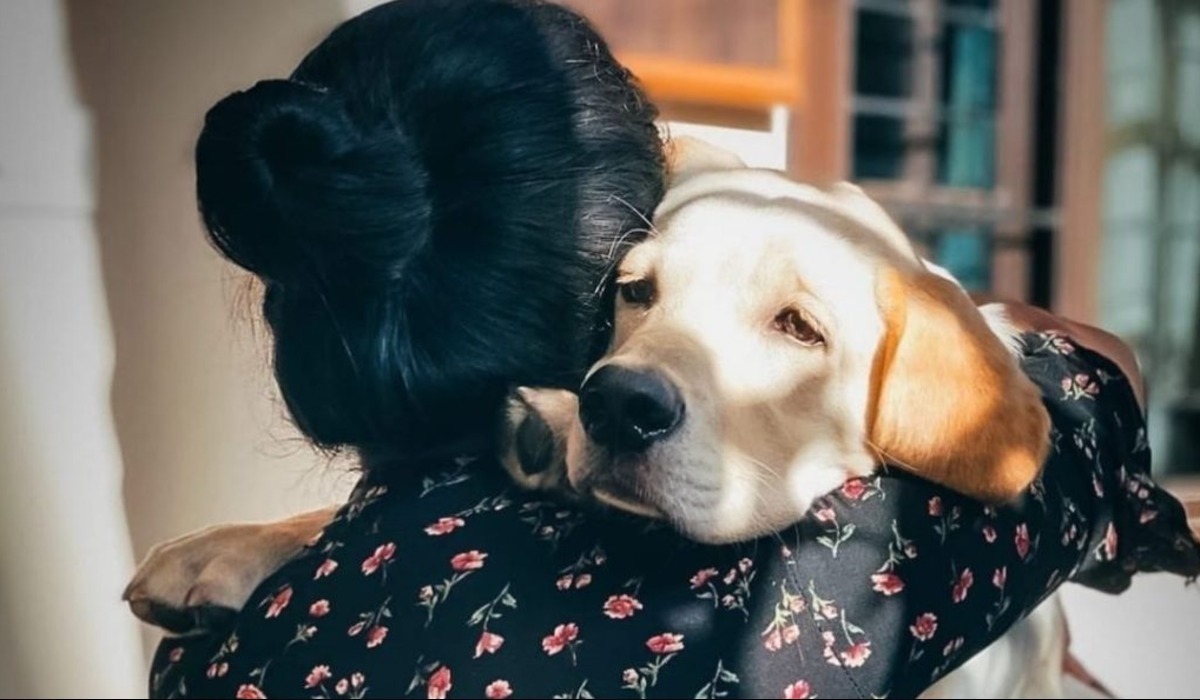Advertisement
Owning a dog provides many advantages. These faithful companions offer constant love, loyalty, emotional support, and endless cuddles, especially during tough times. While people may come and go, dogs stay by your side throughout their lives. With over 450 million pet dogs around the world, their presence in homes is clearly notable.
Being a dog owner requires patience, time, and empathy. Since dogs cannot speak, misunderstandings between humans and their dogs are common and can sometimes lead to frustration for both sides.
Thankfully, there are numerous ways to improve communication and strengthen your bond with your dog. Here are 41 tips to help you understand and connect with your furry friend better.
#1 Not giving treats at the right time
Giving your dog treats is more intricate than it appears. Experts advise offering treats only when your dog is calm, preferably when they are sitting or lying down quietly.
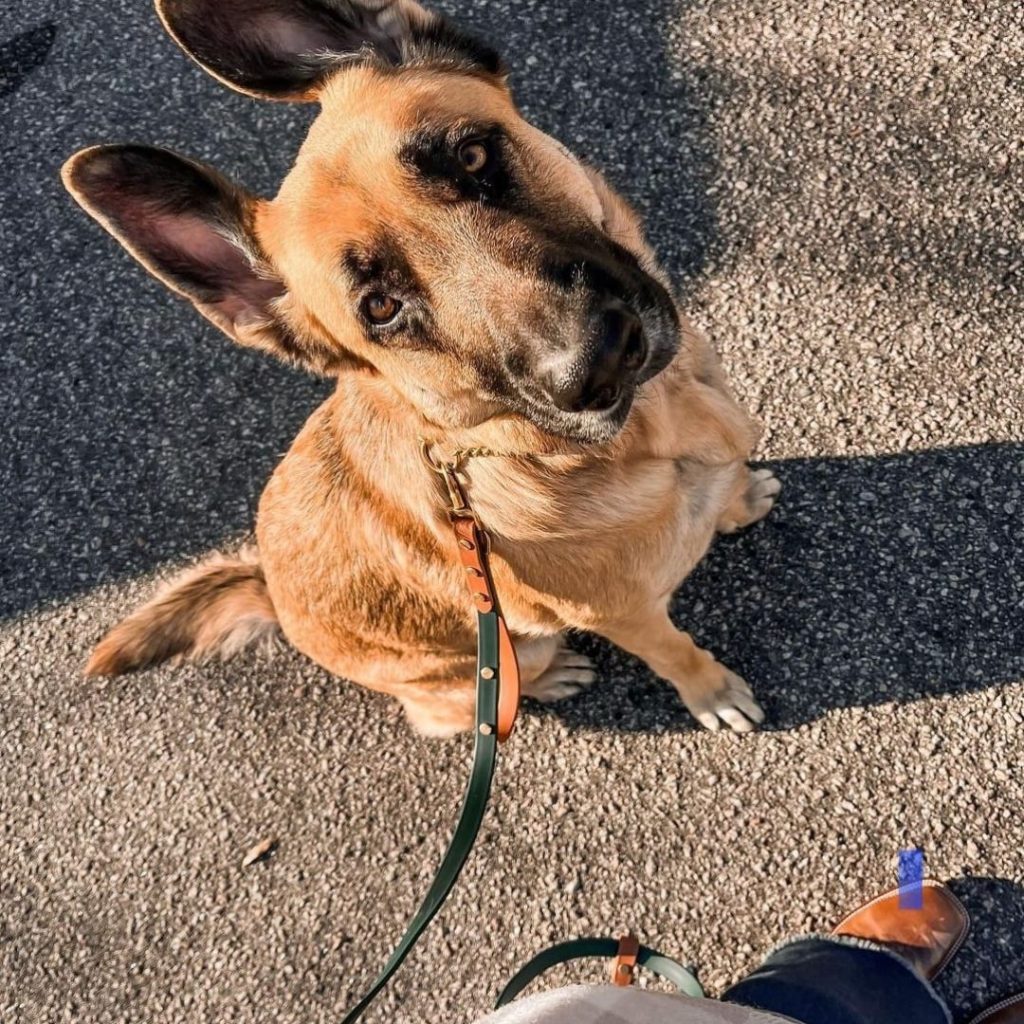
Avoid offering treats during meals as they should not replace a nutritious diet. Timing is crucial—do not give them too early or too late. A few minutes after a meal is an ideal time for a tasty treat.
#2 Leaving your dogs for a bit
When you leave your dog at home for work, school, or travel, it’s often unavoidable. Despite this, dogs might not comprehend these obligations and could feel abandoned when they are alone.
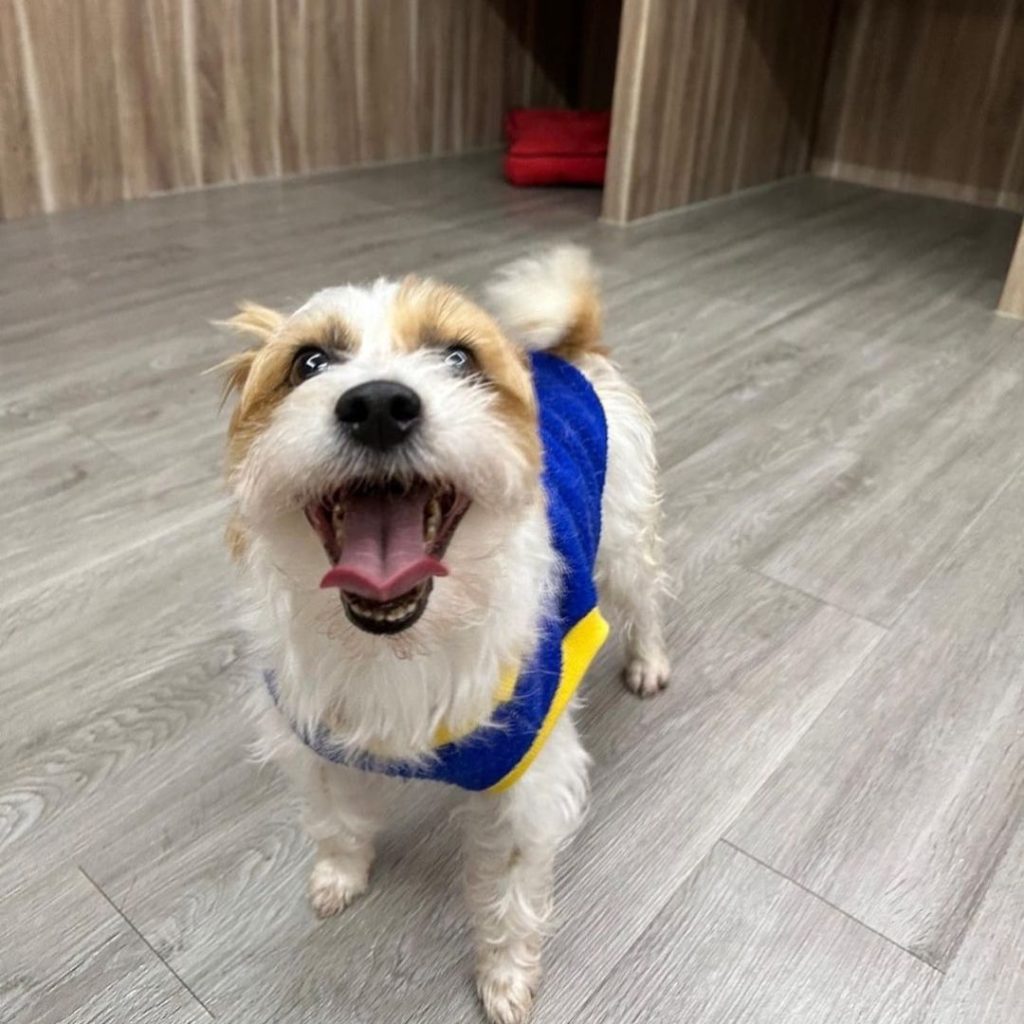
Dogs do not perceive time in the same way humans do, which can make even short periods of separation feel prolonged for them. Understanding this can help you discover methods to reduce their loneliness.
#3 The low growl
Dogs are affectionate and loyal, but they can sometimes be possessive, especially when it comes to those they care about the most. A gentle growl isn’t necessarily a precursor to a bite; it often serves as a warning.

If your dog is growling quietly, it could be showing that it’s uncomfortable or doesn’t want to share its toys, food, or even attention. Recognize this sign and gently step back.
#4 The meaning of howling
Dogs instinctively howl to signal their presence, draw attention, or interact with others.

It doesn’t always indicate something negative. Occasionally, it’s just due to irritation, like the smell of citrus fruits. Be prepared to investigate the cause when your dog unexpectedly howls.
#5 Sleeping on the stomach
Dogs adopt various sleeping positions, each reflecting aspects of their comfort or environment. The position where they rest on their stomachs, similar to a lion’s posture, is often chosen to help them cool off.

Veterinarians note that while this position helps regulate temperature, it may not facilitate the most restful sleep.
#6 The right amount of exercise
Similar to humans, dogs need consistent physical exercise to stay healthy. Depending on their breed and age, it’s recommended that they receive 30 minutes to 2 hours of exercise daily.
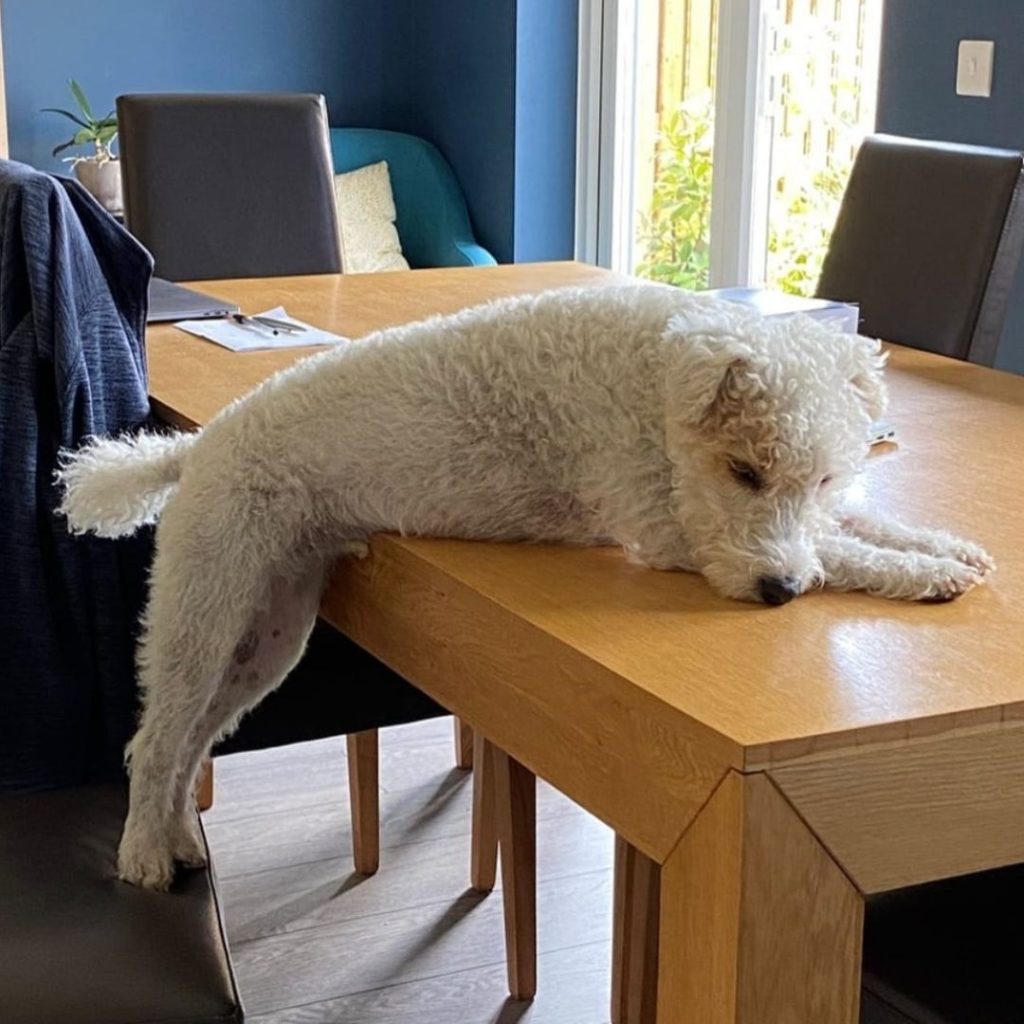
Quality is just as essential as quantity. Simple activities like daily walks can help your dog burn off energy and strengthen your bond.
#7 Side-sleeping pooches
When dogs sleep on their side, it usually indicates they feel safe and comfortable. This common position demonstrates trust and contentment.
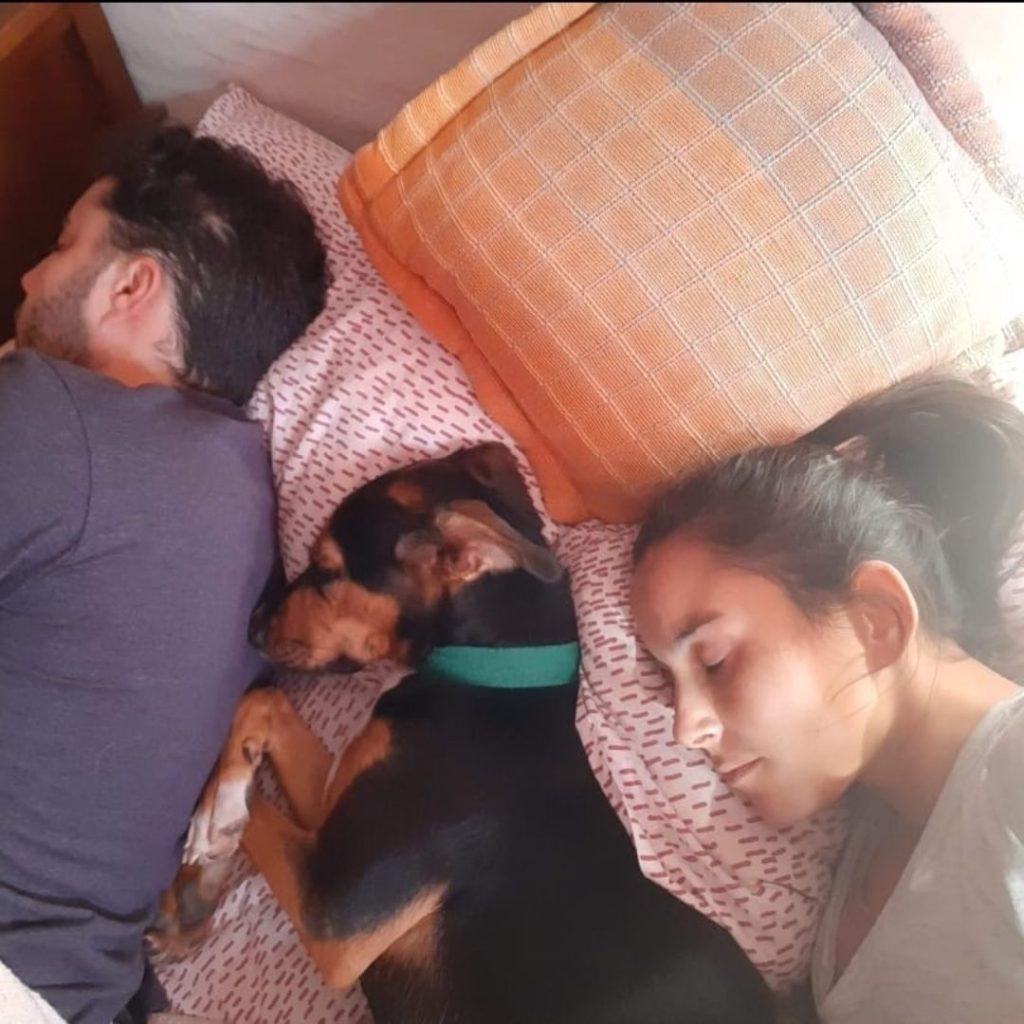
In this position, their vital organs are exposed, emphasizing their sense of security in their environment.
#8 Rules that can be bent or broken
Dogs thrive on consistency. Establishing and adhering to rules helps define boundaries and ensures they don’t become confused or stressed.

Ensure that they do not get away with breaking the rules one day only to have them enforced the next, as this inconsistency may lead to misbehavior.
#9 Knowing they bark
Not every bark signals distress or threat. Pay close attention to the pitch and pattern of your dog’s bark to understand its mood.
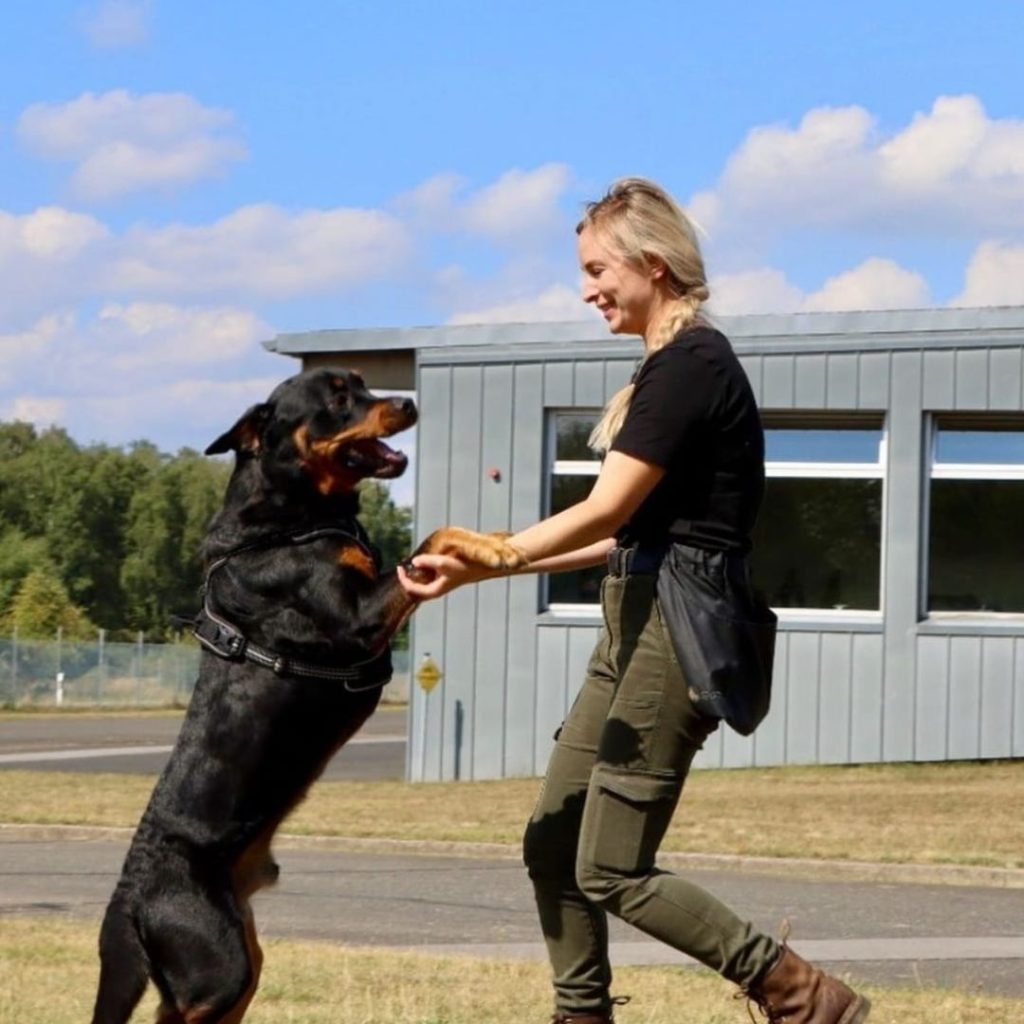
A gradually louder bark usually indicates excitement and a desire to play. A higher-pitched bark often means happiness and enthusiasm.
#10 Understanding puppy eyes
One of the most endearing expressions dogs use to convey affection and trust to their owners is the look of puppy eyes.

When your dog looks at you in this way, it’s their way of showing love and seeking your attention.
#11 Chasing tails
It is common for younger dogs to chase their tails, as they may not realize that their tail is a part of their own body.
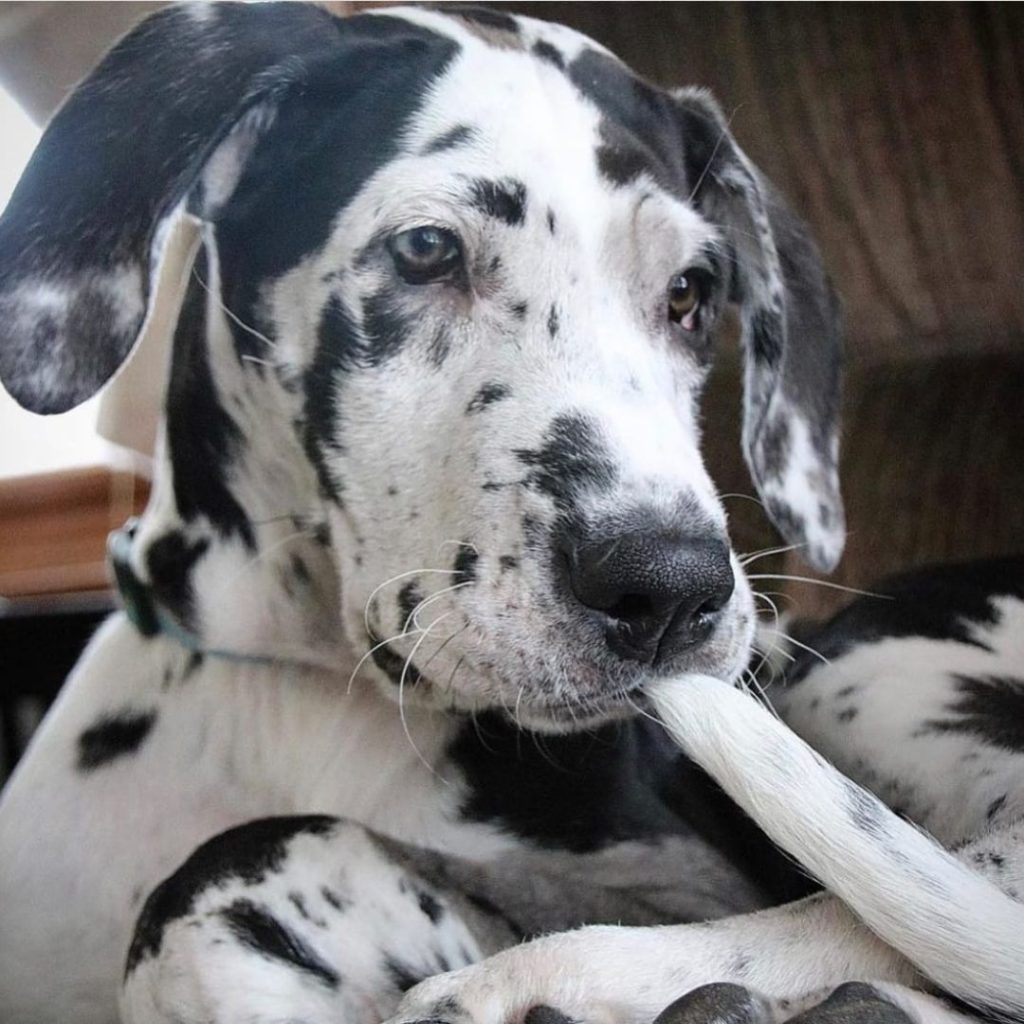
For older dogs, this behavior may indicate boredom or unused energy. Providing exercise and mental stimulation could help prevent it.
#12 Changing your smell often
Dogs rely greatly on their sense of smell, which is far more developed than that of humans.

Regularly switching the fragrance you wear, such as using various perfumes, might confuse them. Opt for familiar scents to make them feel comfortable and secure.
#13 Allowing your dog to nip your hand
Even though playful nipping may seem harmless, it can blur the boundaries for dogs.

Dogs might not distinguish between gentle nibbling and biting, which can create problems, especially with children around. It’s crucial to train them to avoid this behavior from an early age.
#14 Sleeping back-to-back with other dogs
Another intriguing sleeping position for dogs is the back-to-back style. Unlike the cuddler position, this is where your dog chooses to snuggle back-to-back with another dog rather than a person.
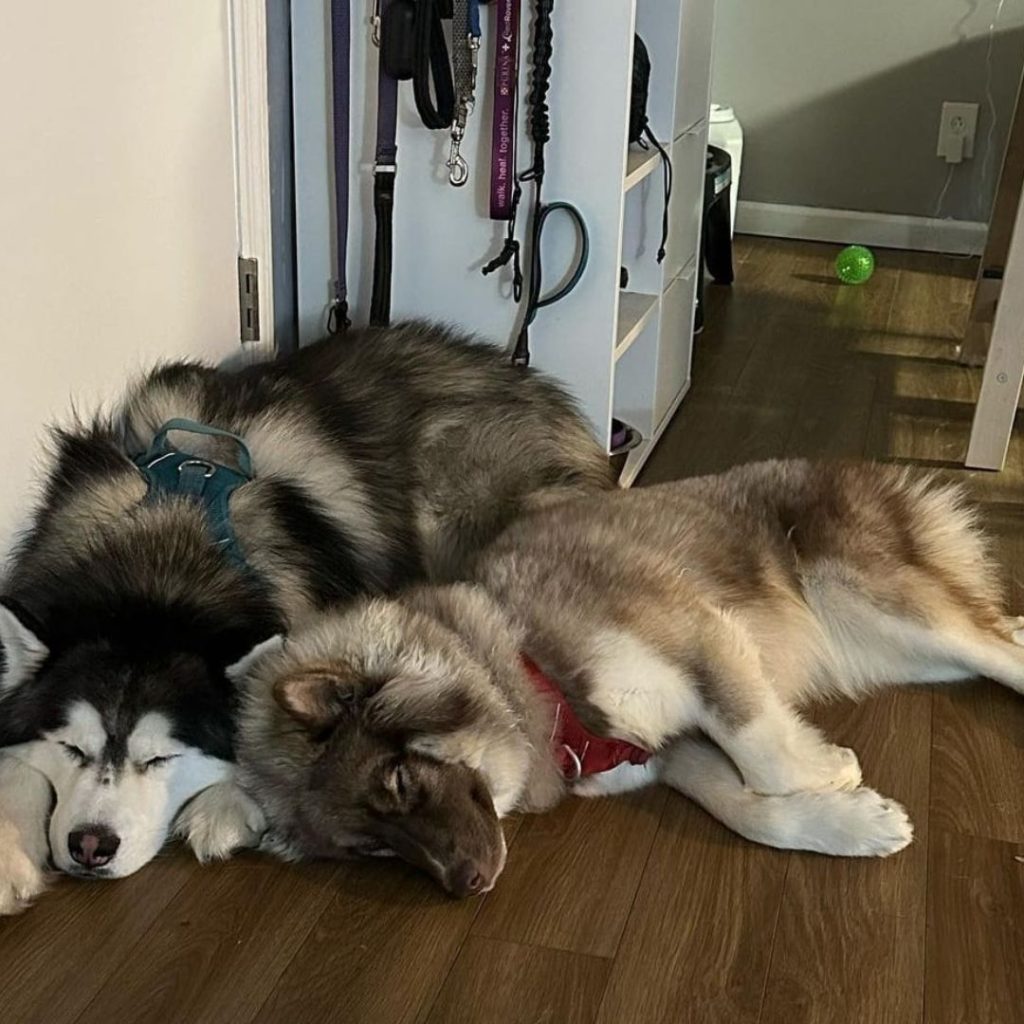
This posture shows the dogs’ trust and affection for each other. It suggests that they feel safe and comfortable together. Isn’t that just heartwarming?
#15 The proper way to deal with stressful situations
Stress impacts not just people but also pets. Dogs can exhibit stress by whining, barking, pacing, trembling, panting, shedding fur, or altering their body posture. Frequent stress triggers for dogs include loud sounds such as fireworks.
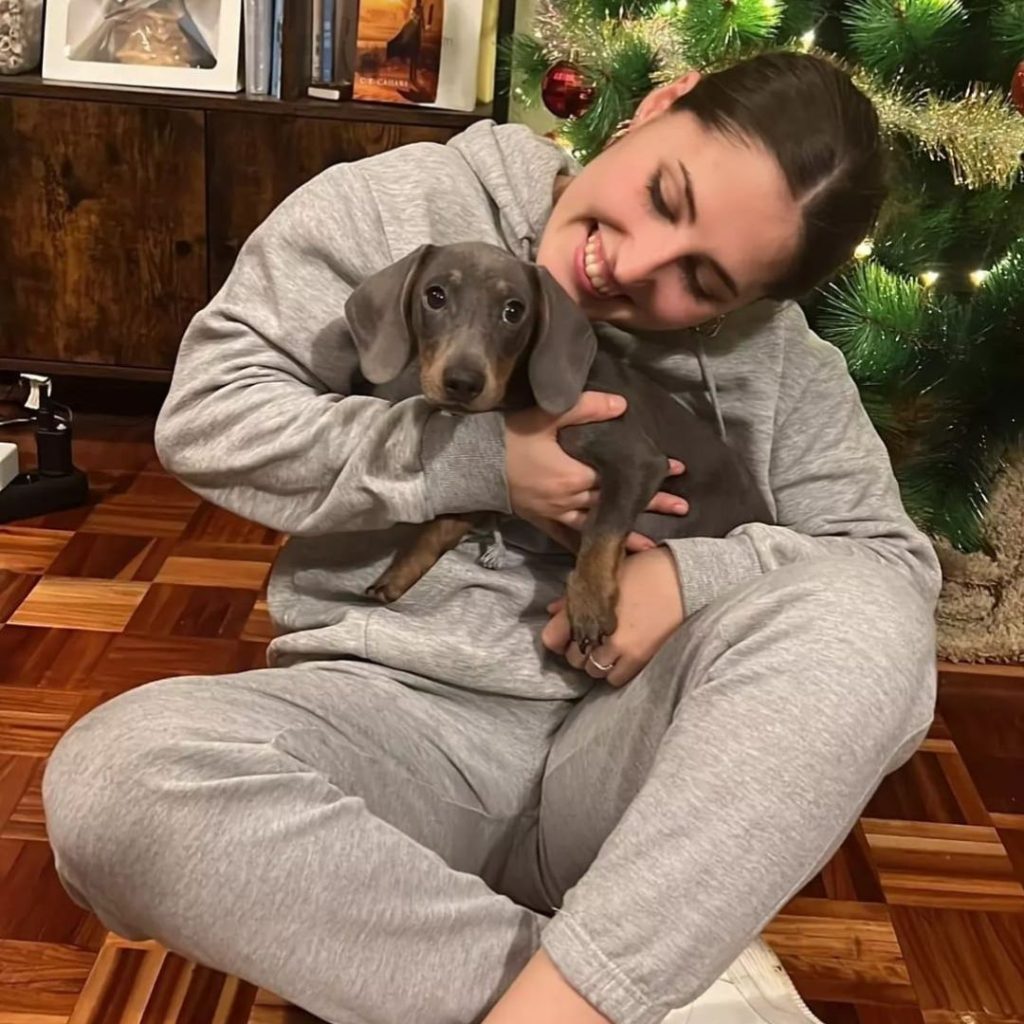
It’s crucial for pet owners to manage their dog’s stress appropriately. Avoid speaking comforting words, as this might unintentionally reinforce fear and encourage unwanted behaviors.
#16 Being too handsy for comfort
Stretching your hands toward a dog’s face can confuse or surprise them, potentially leading to problems. Although people often extend their hand for a dog to sniff, some dogs might view this gesture as intimidating.
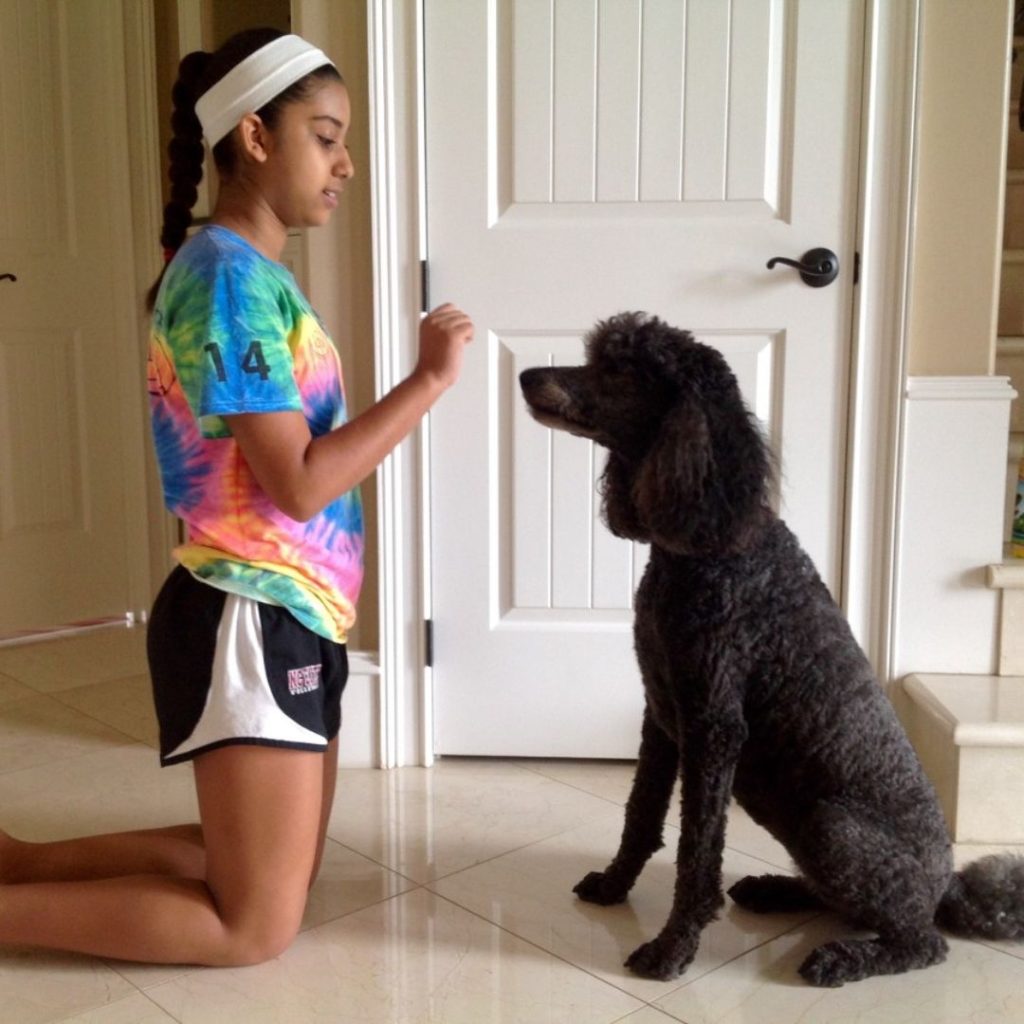
Be aware of where you put your hands when around dogs, as their instincts and personal space could lead them to respond defensively, such as biting, if they feel misunderstood.
#17 Sleeping with their legs spread
Dogs rest in some of the most delightful and fascinating positions. For instance, when they lie with their legs sprawled out, it might look odd to people.

This position symbolizes trust and relaxation. A dog that sleeps in this manner feels safe and comfortable in its surroundings, as it is willing to be in a vulnerable state.
#18 Not letting things go
As a dog owner, it’s important to forgive and move on from your pet’s occasional misbehavior. While it’s natural to feel upset for a short while, holding onto resentment only confuses your furry friend.

Dogs don’t dwell on past actions, and neither should you. Releasing these thoughts helps foster a positive and trusting relationship with your pet.
#19 Making sense of your dog’s high ears
When a dog’s ears are upright, it usually indicates that something has caught their attention. If this is combined with a relaxed tail and an open mouth, it signifies curiosity as opposed to being on high alert.
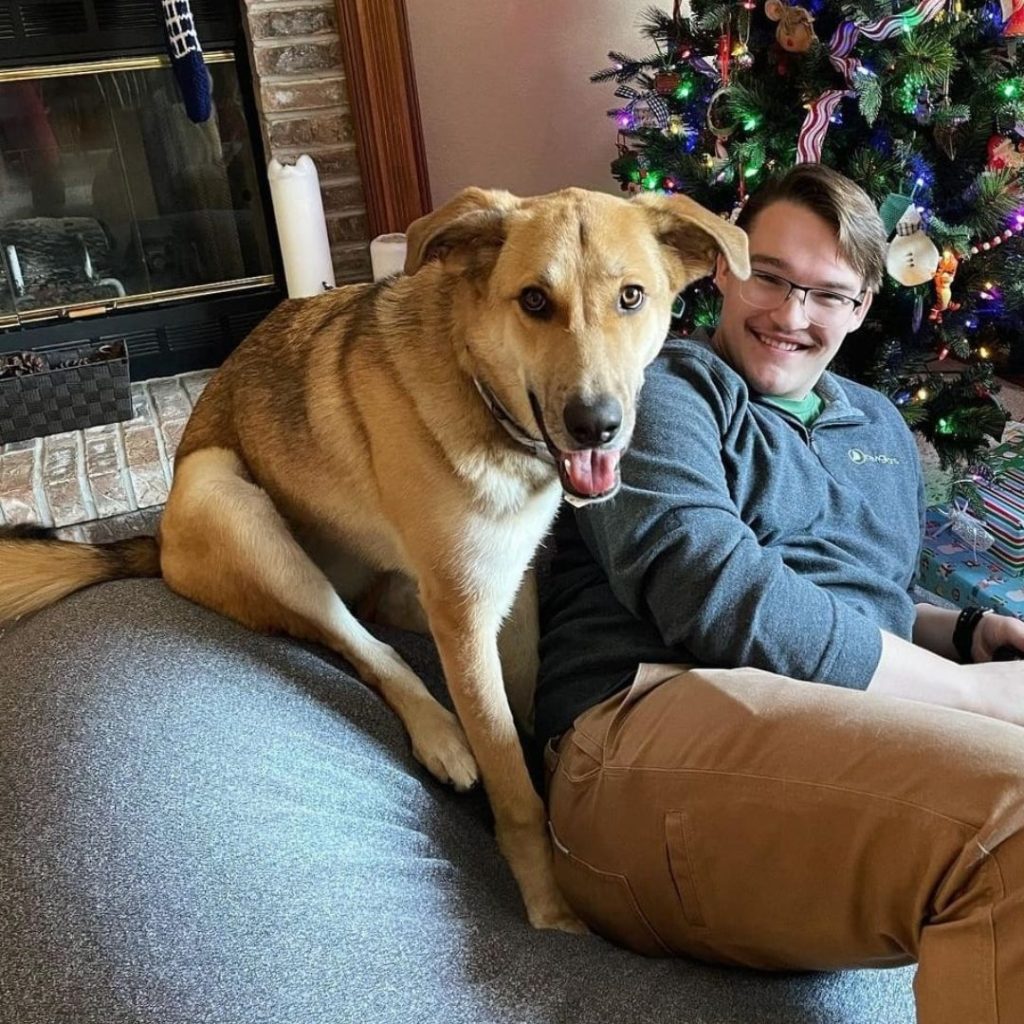
An open mouth suggests relaxation, so there is no cause for concern if you observe all these signs simultaneously.
#20 Choosing the right name
Selecting a name for your dog is a purposeful choice that requires careful consideration. Avoid names that sound similar to commands like “no,” “heel,” or “sit,” as they could confuse your dog.

Select a straightforward name with two syllables that concludes with a vowel, as this is typically simpler for dogs to identify and react to.
#21 Dealing with dogs other than yours
Every dog receives distinct training and social experiences, so it’s important to be cautious around unfamiliar dogs. What works for your dog may not work for others.

Be careful when interacting with unfamiliar dogs, as hand signals or gestures can have varying meanings for each dog.
#22 The language of gift giving
Dogs have a unique way of showing affection, and one method is by giving gifts. They might bring you items from the yard, like sticks, or occasionally things that aren’t as pleasant.
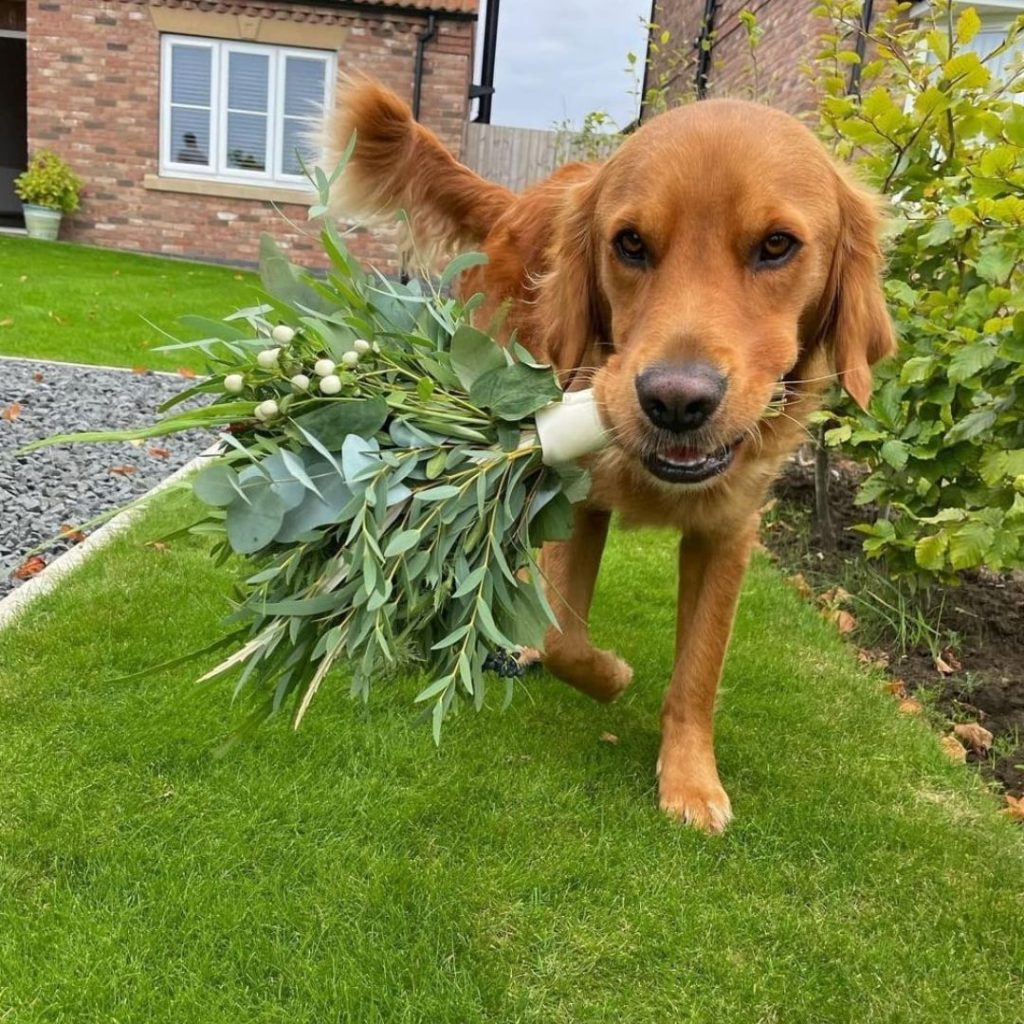
Their gifts may not be extravagant, but they are given with genuine intentions.
#23 The squint of love
When a dog squints, it doesn’t necessarily mean it’s uncomfortable. If your dog is relaxed and squints while looking at you, it’s expressing affection.
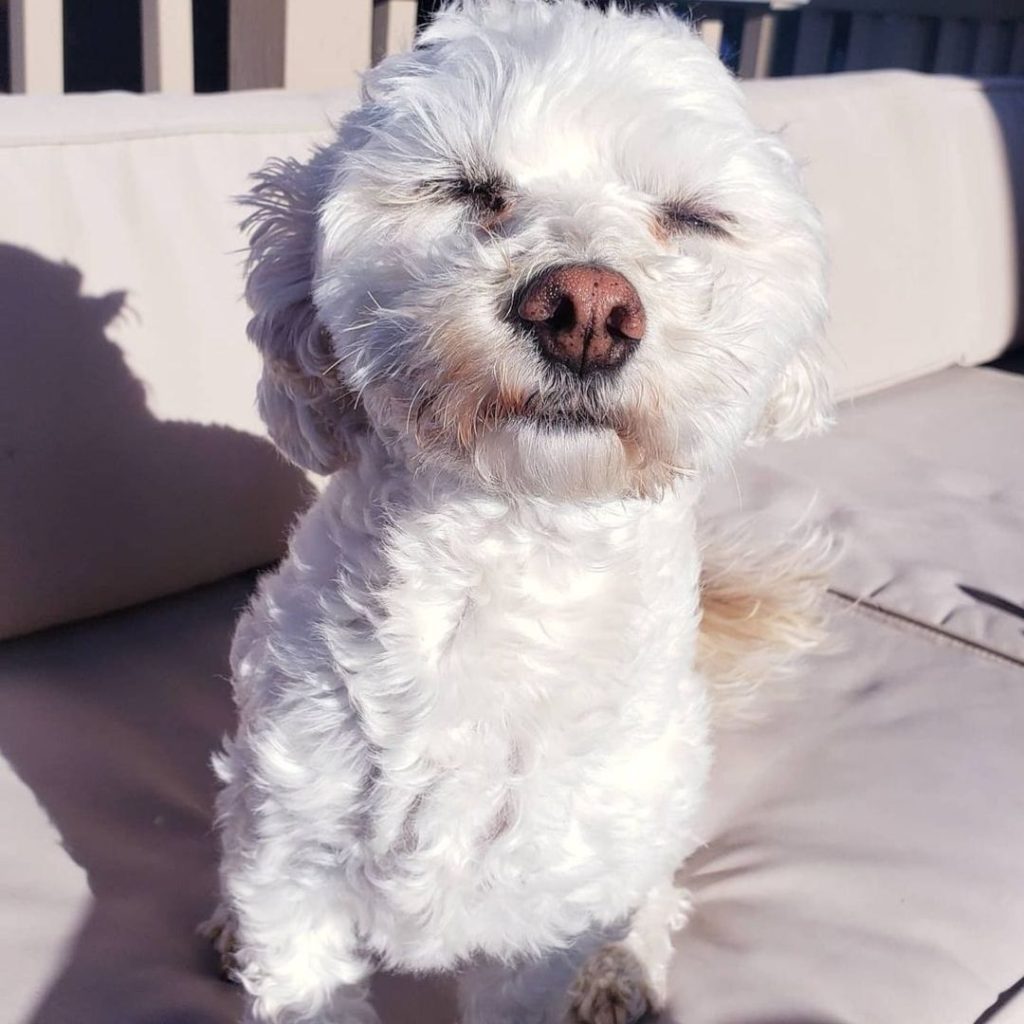
As long as there are no signs of discomfort, such as rubbing their eyes, you can enjoy this beautiful display of affection.
#24 The fox sleeping position
When a dog curls up tightly like a fox, it is trying to preserve heat and protect its vital organs. This position is common when they feel a bit chilly.

Consider providing your dog with a cozy blanket or adjusting the room’s temperature to ensure their comfort.
#25 The act of snarling
A snarl, characterized by a raised lip and visible teeth, unmistakably indicates aggression. This behavior is not playful and signifies that the dog feels threatened.
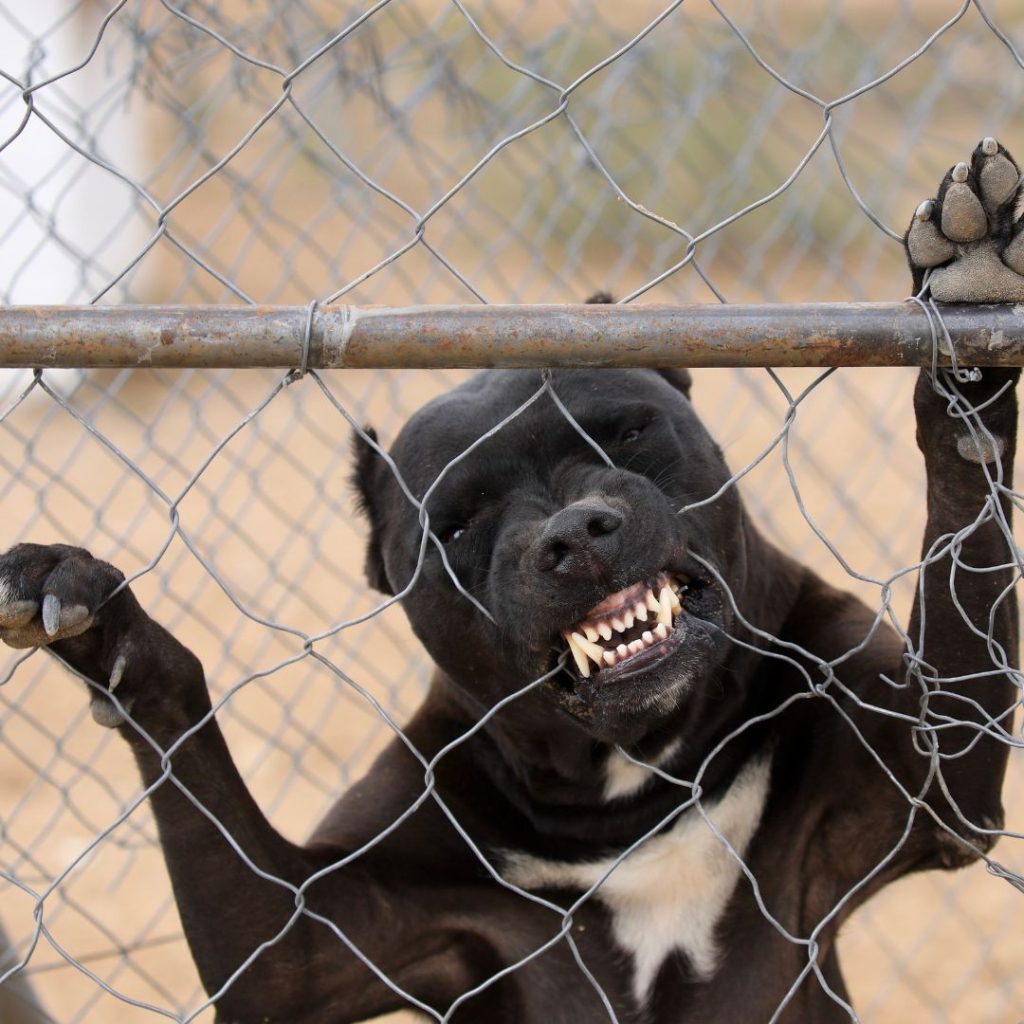
If a dog is growling, it’s best to leave them be and avoid provoking them further.
#26 Before hugging your dog
Humans view hugs as a sign of affection, but dogs may not interpret them the same way. To many dogs, hugs may feel confining or intimidating.
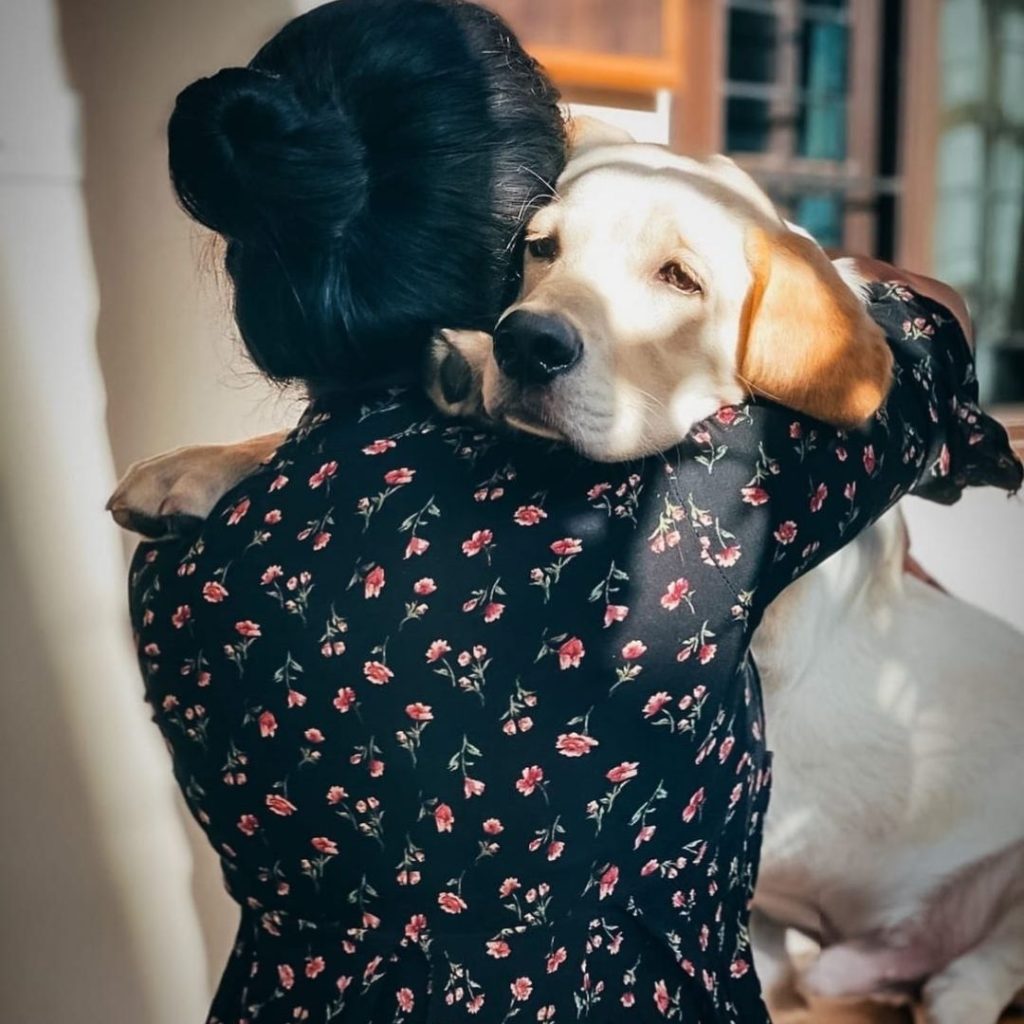
Take into account your dog’s comfort level when deciding to hug them, as they may simply put up with hugs rather than genuinely liking them.
#27 Things to consider before pointing
Pointing can be an effective form of communication, but if done inconsistently, it may confuse your dog. For instance, refrain from using pointing to deliver both positive and negative messages.
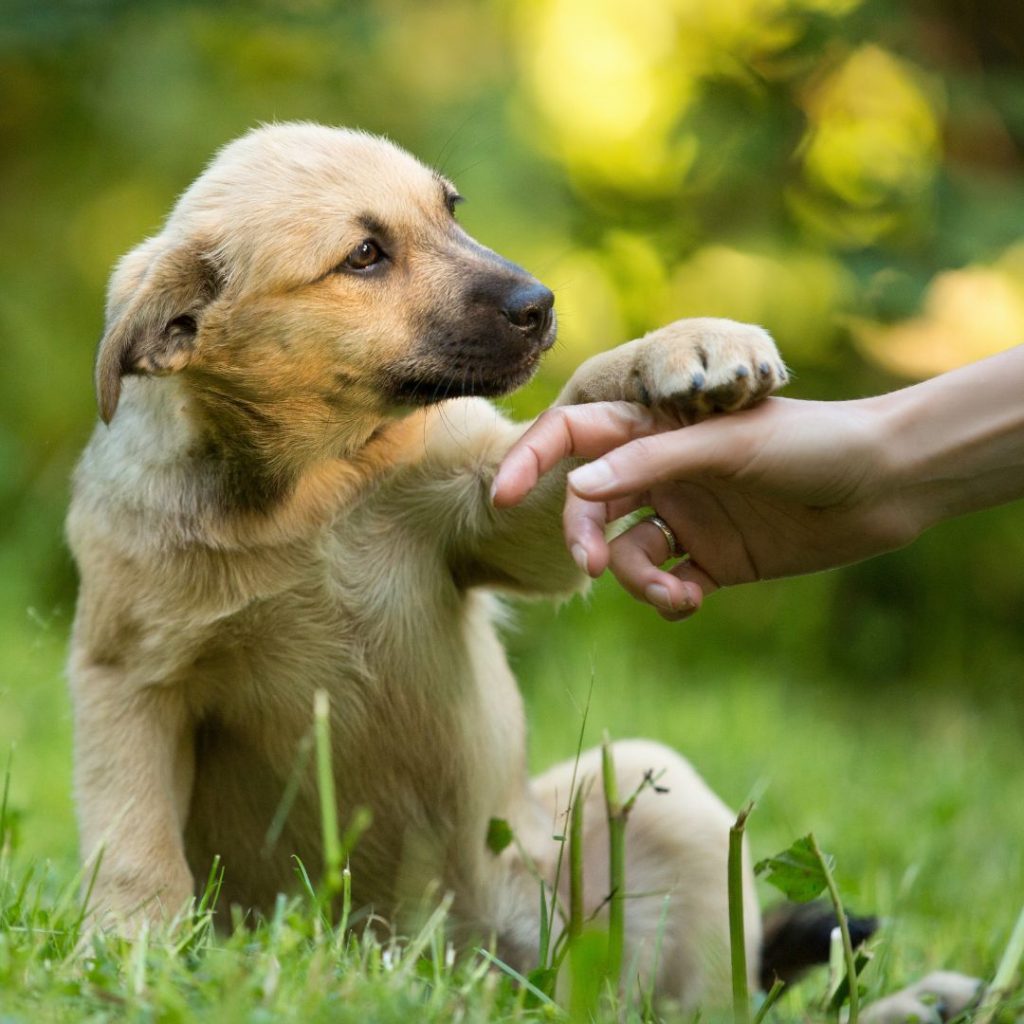
Make sure your gestures are clear and intentional to avoid mixed signals or misunderstandings.
#29 Obedience should have its rewards
A key tip for dog owners is to regularly reward their dogs for behaving well. If your dog isn’t positively reinforced for following orders, it might start doubting the advantages of being obedient.
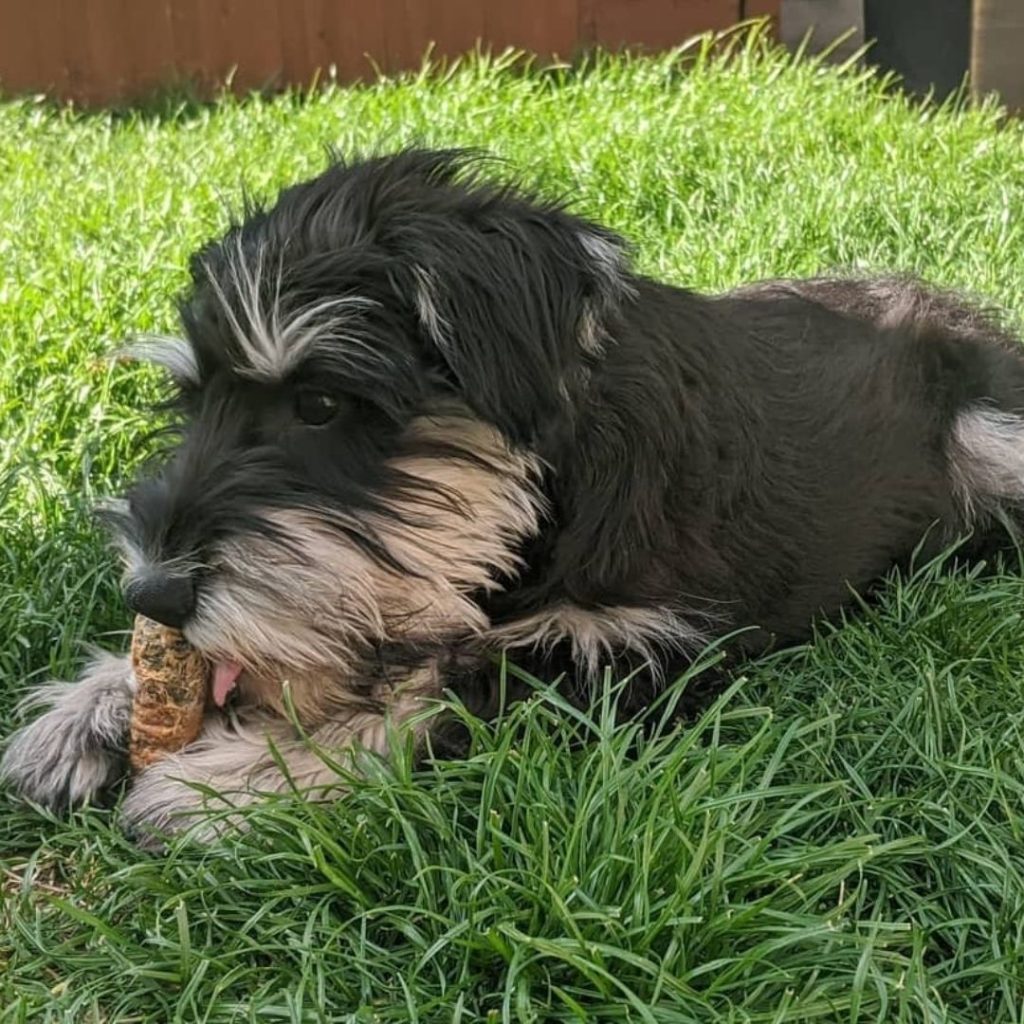
Rewards for following commands can include treats, petting, toys, or words of praise. Many dogs especially appreciate treats during training, but it’s important to determine what is most effective for your specific dog, as each one is unique. Make sure to reward them consistently!
#30 Not letting them be
Dogs naturally tend to be messy animals, and it’s unrealistic to expect them to always be spotlessly clean. Pet owners should accept that their dogs will sometimes track in mud or bring in things from outside. This behavior is simply a natural part of their nature.
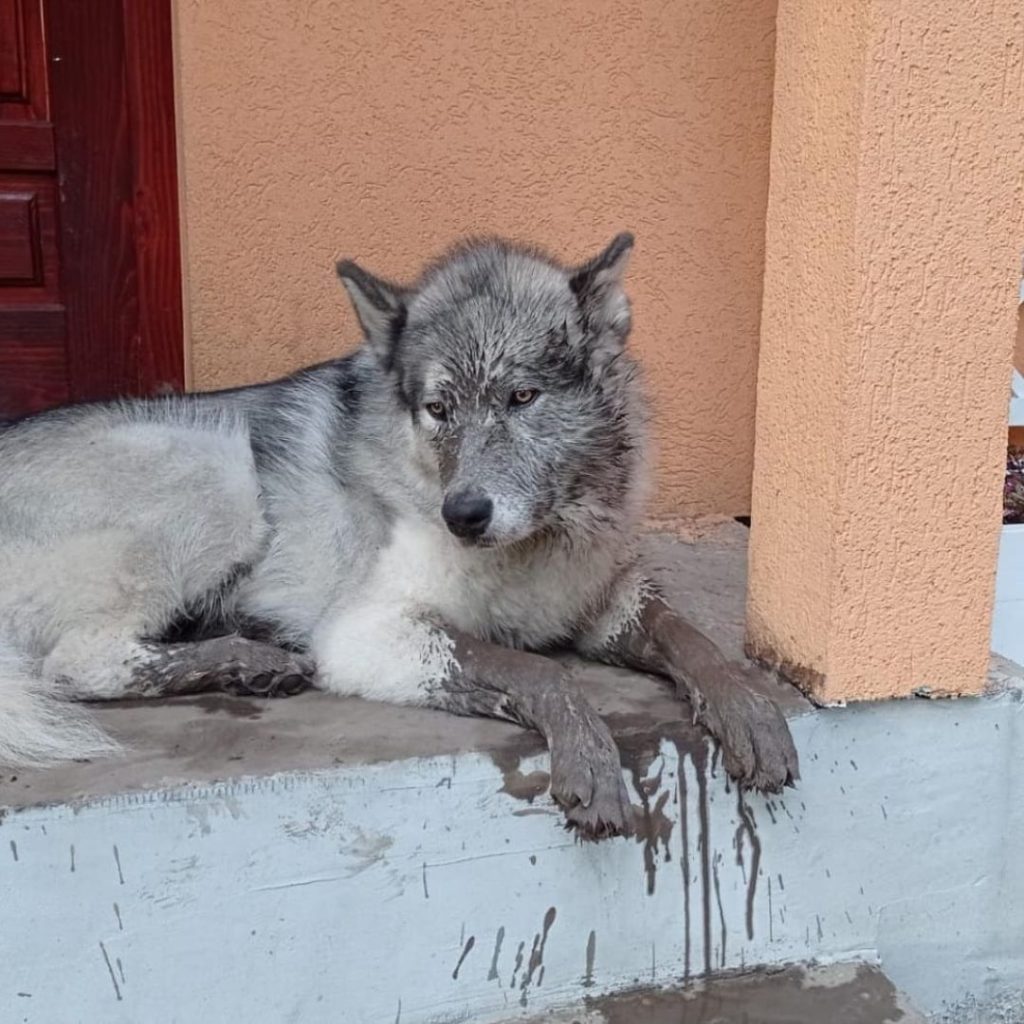
Even though cleaning up demands effort and time, it’s a crucial responsibility of being a dog owner. If this duty seems overwhelming, you may want to reconsider having a pet.
#31 Dogs on alert
When dogs are on alert, their body language shows it. You’ll notice a tense stance or a forward-leaning posture, eyes wide open, ears pointed forward, and a mouth that is tightly shut. Their tail might be standing up straight and occasionally wagging.
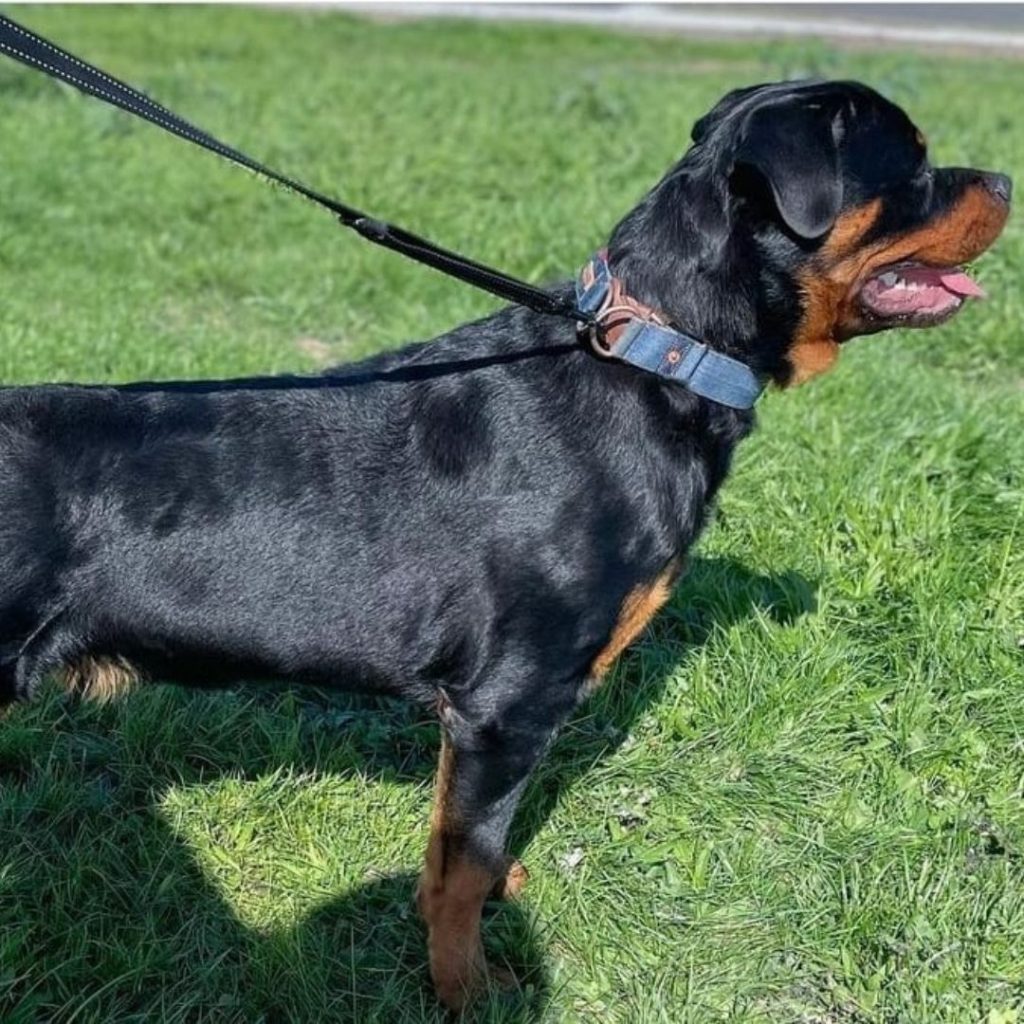
This alert posture usually happens when dogs encounter something intriguing and are trying to learn more about it. Their ears move forward to catch particular sounds. If they aren’t frequently anxious, there’s no need to be concerned.
#32 The Superman pose
Have you ever seen a dog sprawled on its belly with its front legs reaching out in front and its back legs extended behind it? This fun stance is known as the “Superman pose.”
sploot
commonly seen in energetic puppies.

This posture shows that the dog is tired but still ready for action. It’s their way of resting while staying prepared for play at any time.
#33 Communication through butt sniffing
While it might seem odd to humans, sniffing each other’s behinds is an important method of communication for dogs. Even small changes in scent can reveal a lot—like where the other dog has been, what they’ve eaten, or what activities they’ve participated in.
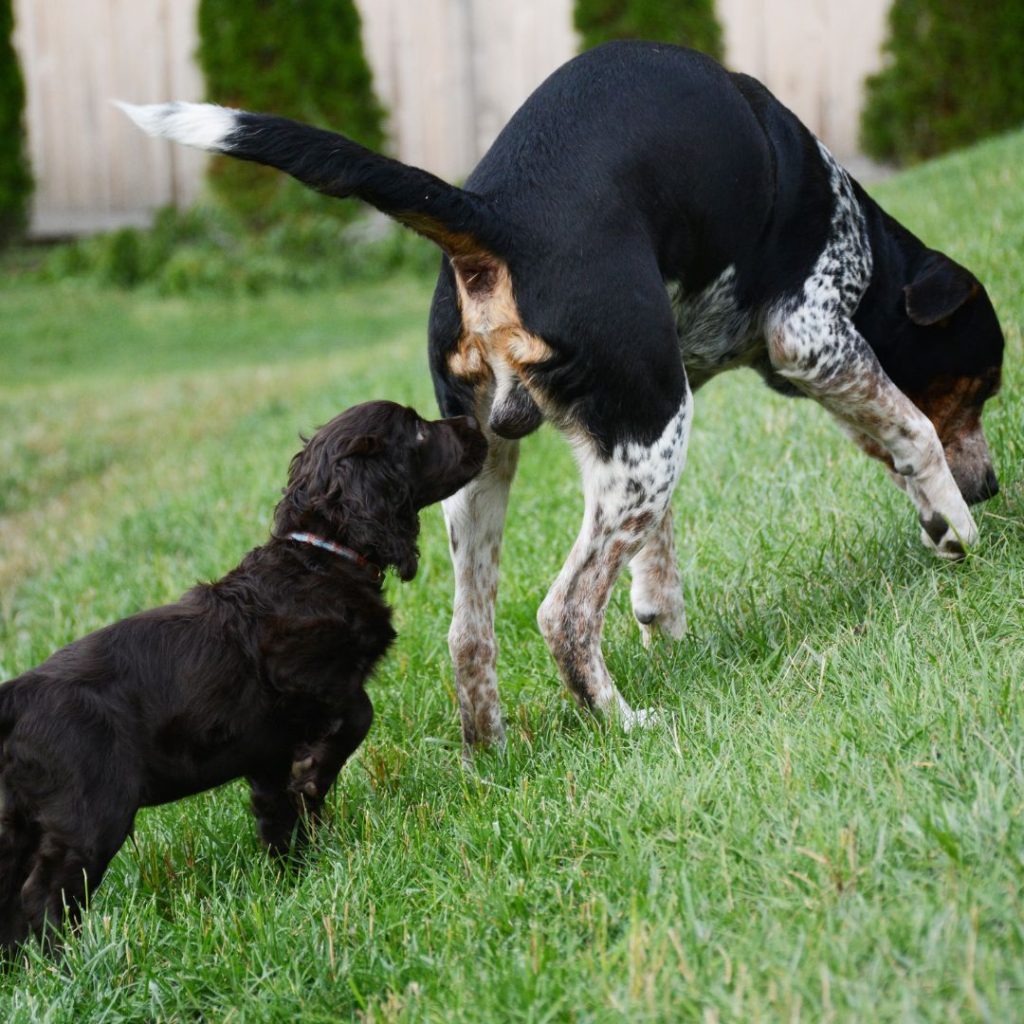
In addition to offering information, this behavior has a calming effect on dogs, helping to reduce stress. It’s like humans shaking hands and helps dogs assess their compatibility with one another.
#34 Giving doggos equal love
While dogs don’t have the same emotional depth as humans, it is still important to treat them equally. Despite popular belief, dogs can sense favoritism, and feeling less loved can lead to depression.
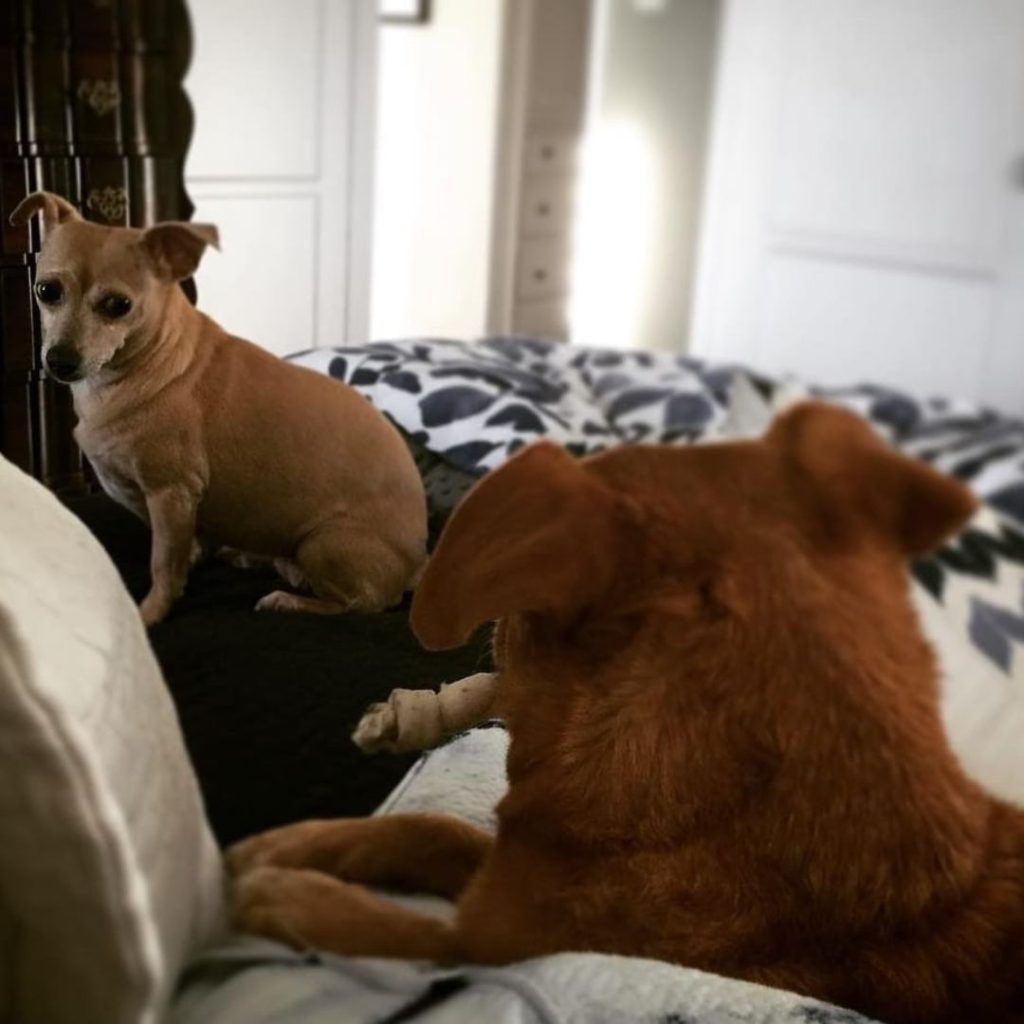
If you own multiple dogs, ensure that each dog gets an equal share of attention and care. For example, if you give a treat to one dog, be sure the others receive one as well. Maintaining fairness is crucial for ensuring harmony among your pets.
#35 Training your dog properly
Training a dog requires patience, dedication, and consistency, which makes it quite difficult. Many pet owners employ professional trainers to ensure their dogs are trained effectively.
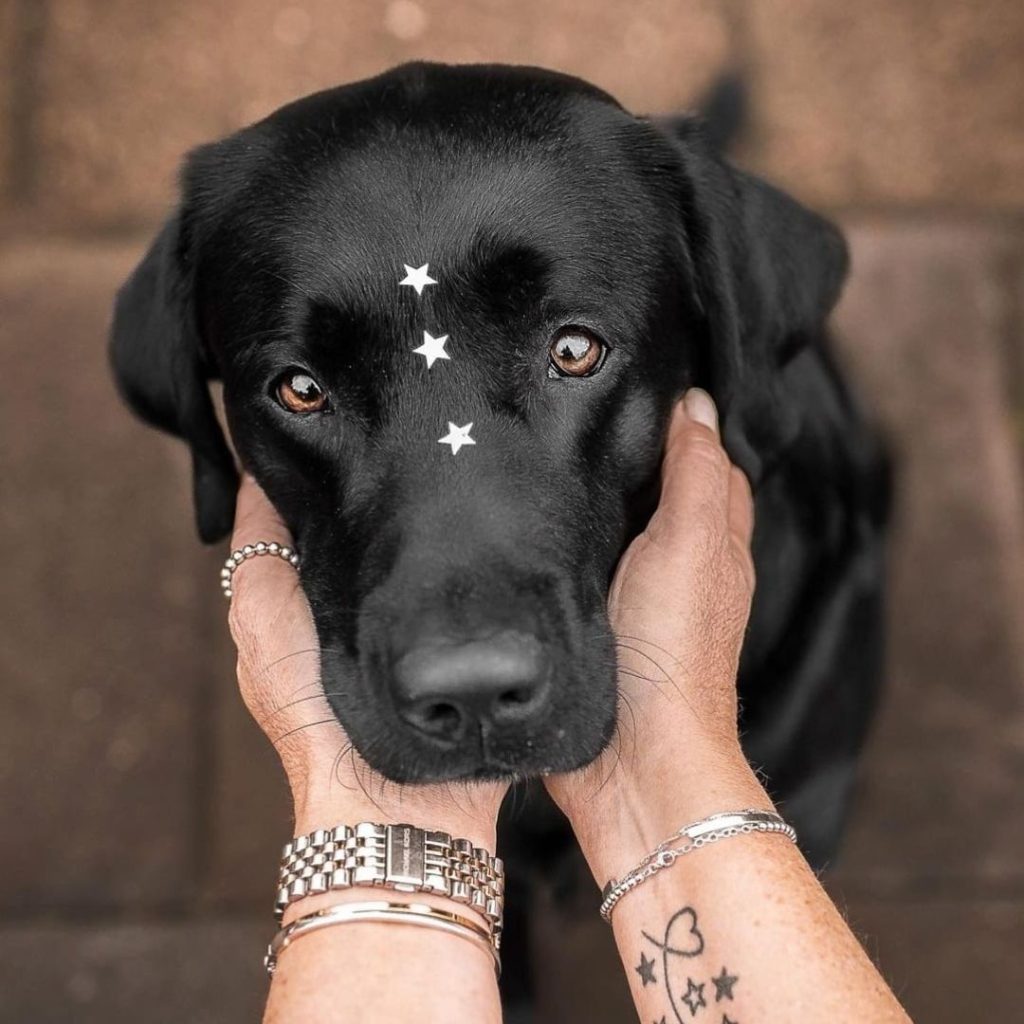
An important piece of advice for effective training is to consistently use the same keywords to avoid confusing your dog. For instance, if you use the word “potty” for bathroom breaks, continue using it rather than switching terms.
#36 Know when your dog is exhausted
Dogs generally have a lot of energy, but they can also get worn out. Recognizing when they need a break is crucial for their wellbeing. Look for signs like frequent yawning, excessive excitement, or flopping down on their back.
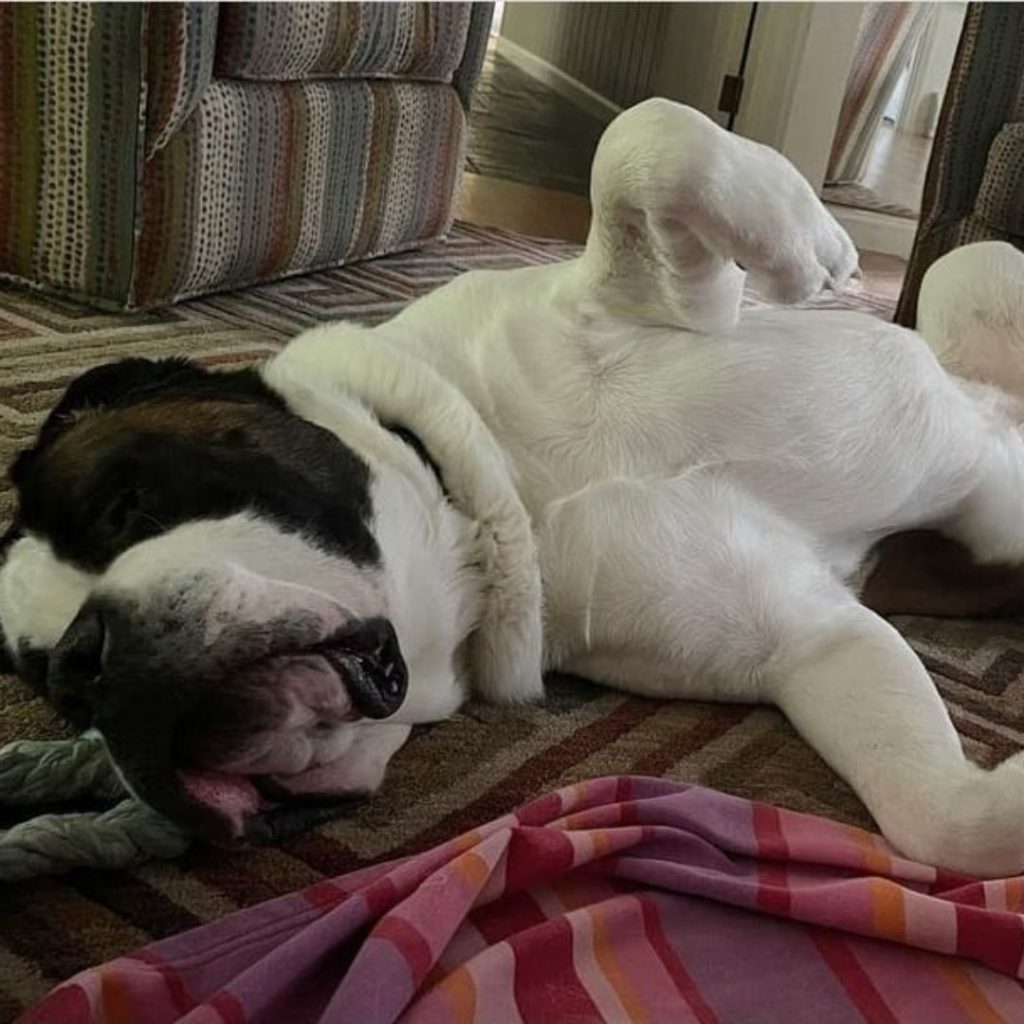
Making sure your dog gets enough rest keeps them happy and healthy, and ready to interact and play once they have recharged.
#37 Dogs seek approval
Dogs naturally seek approval from their owners, whom they see as their leaders. This behavior is typical, but it’s important to set boundaries and manage it properly.
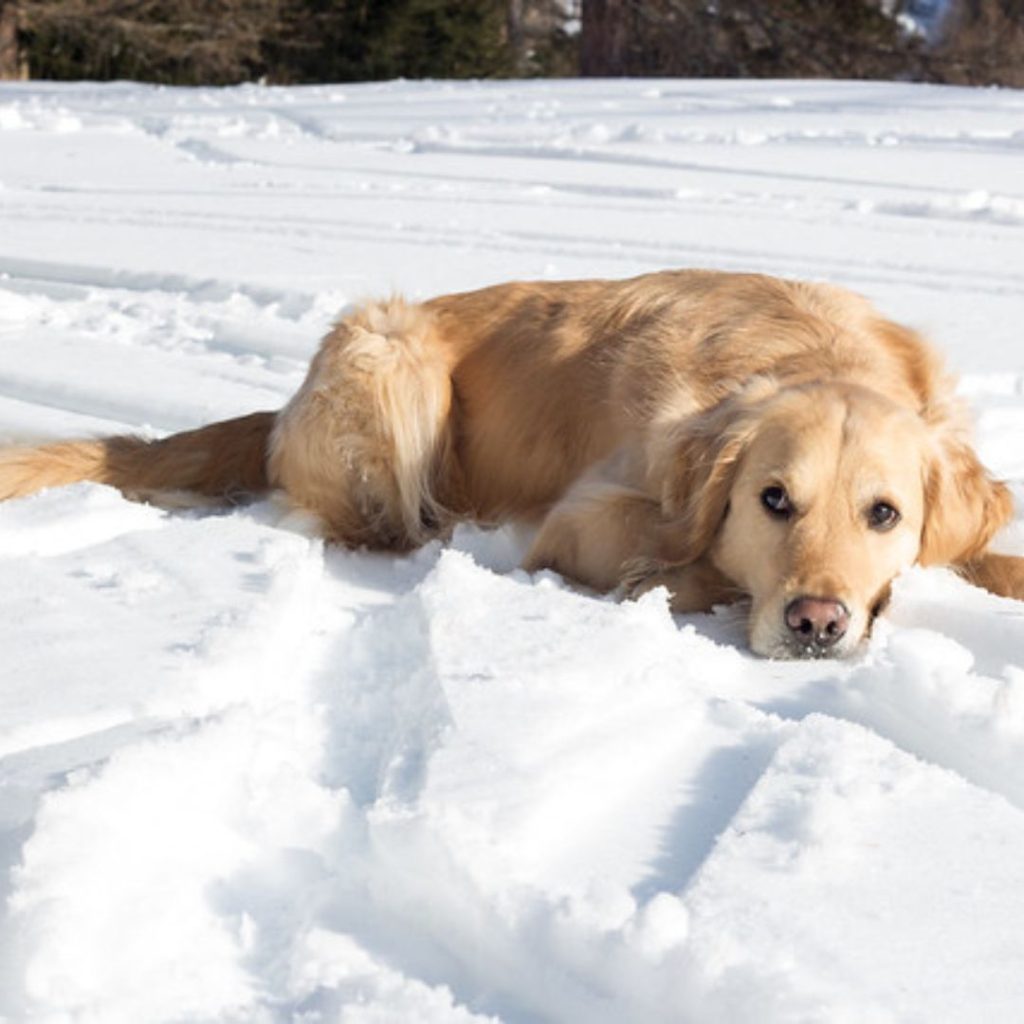
When your dog seeks approval after carrying out a command, reward them with praise or treats. This positive reinforcement boosts obedience and improves your bond with your pet.
#38 The floppy tongue
If your dog’s tongue is sticking out, there’s no need to worry—it typically indicates they are relaxed and happy. As long as it doesn’t hang awkwardly to one side, it’s entirely normal.
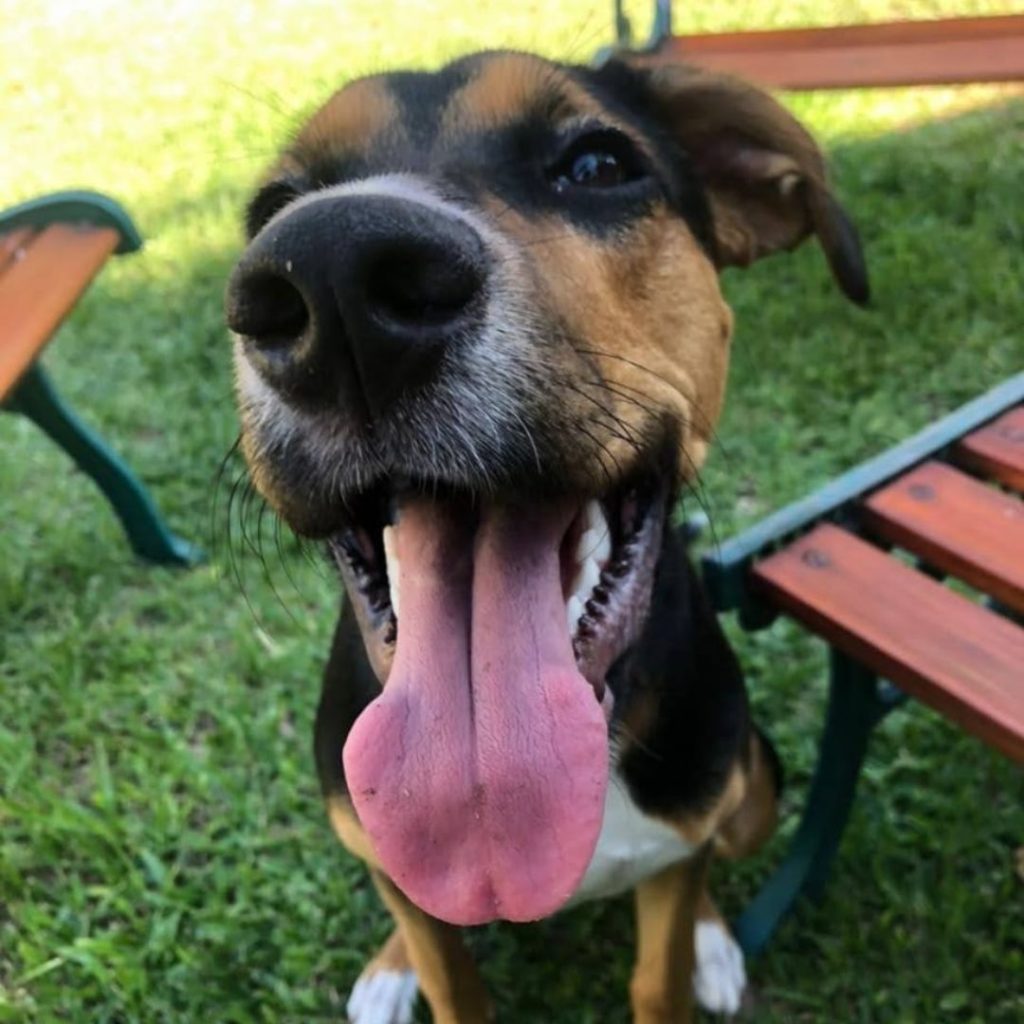
If your dog experiences a jaw injury or loses its lower canine teeth, consult a veterinarian for guidance. In some breeds, like the Pekingese, having a floppy tongue is normal.
#39 Eating hacks
Not all dogs are eager to eat their food. Some might cautiously sniff it, while others might quickly devour it and then look for more. It’s recommended to discourage the latter behavior to prevent the formation of bad habits.
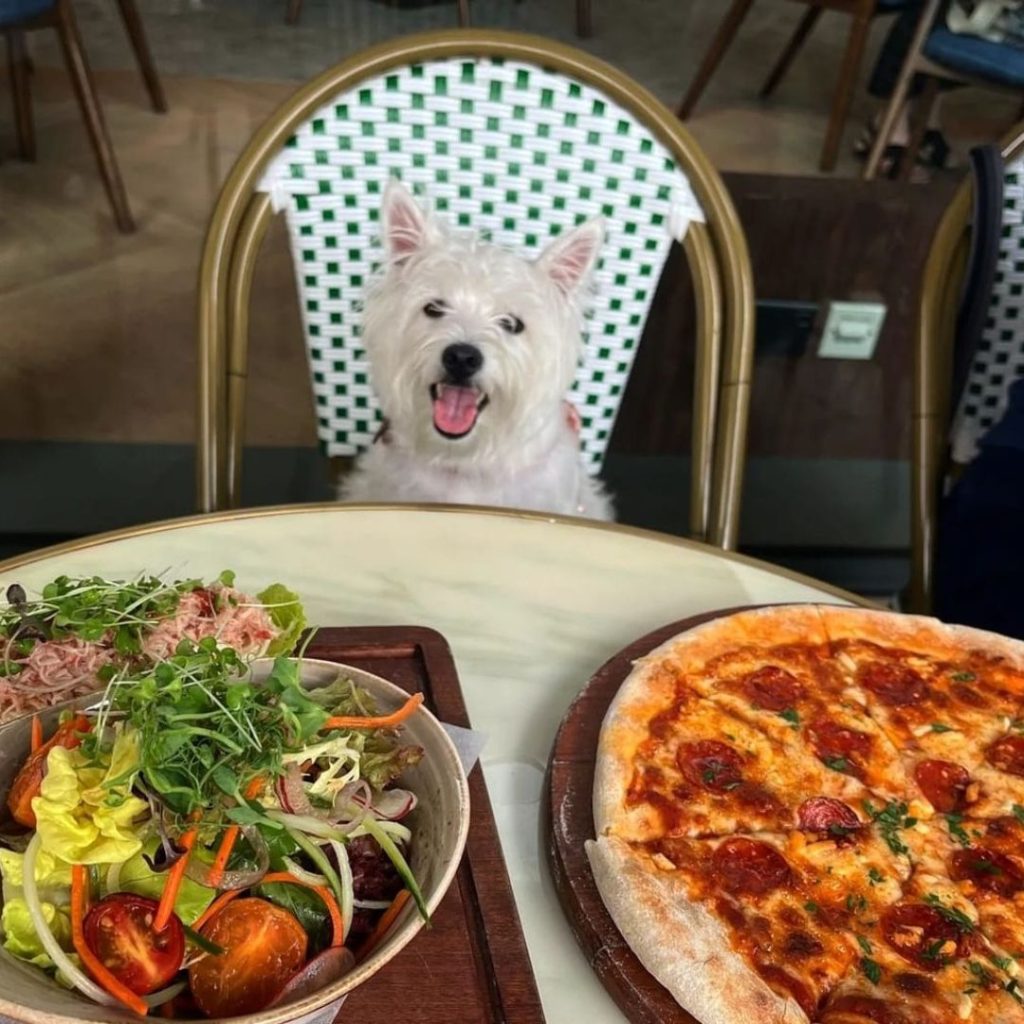
Motivate your dog to eat solely from their bowl, but be prepared to hold your ground if they attempt to use their charm to receive additional treats.
#40 Forcing doggy friends
It’s alright if some dogs prefer not to be around others. Forcing your dog to interact with other pets might lead to anxiety and stress for them.
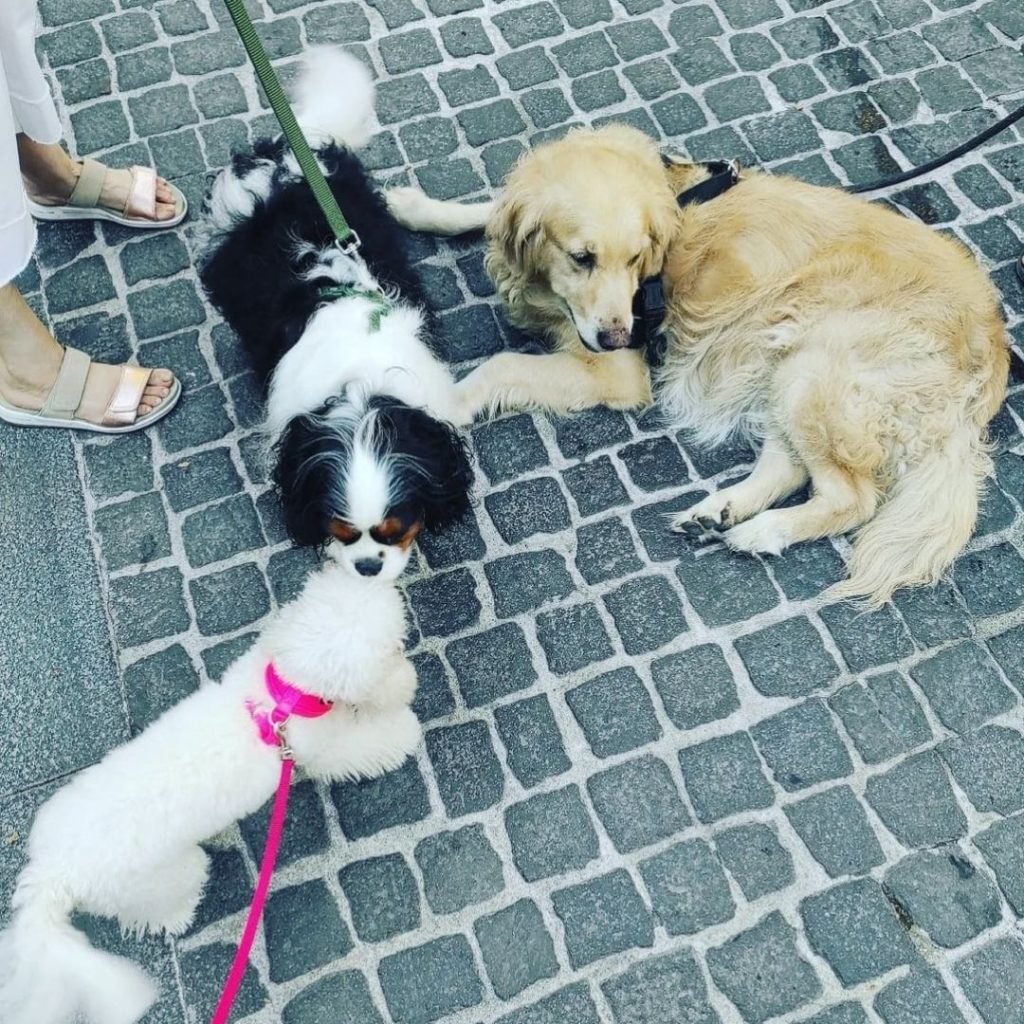
Focus on building your dog’s confidence and rewarding them for remaining calm. A gradual and patient approach is most effective for anxious dogs.
#41 Sweet but shy
Does your dog often sleep curled up like a fox, with their tail tucked and paws close together? This adorable sleeping position might indicate that your furry friend has a sweet yet shy personality.

Though this posture may seem restrictive, it demonstrates their reserved but affectionate nature, especially around strangers. They may be shy, but they love cuddling with their trusted owners.
#42 Sitting on your lap
If you are a woman, you might enjoy the sensation of sitting on your partner’s lap, as it creates a feeling of closeness. Interestingly, dogs can experience this feeling too. While not all dogs behave this way, many find great enjoyment in it.
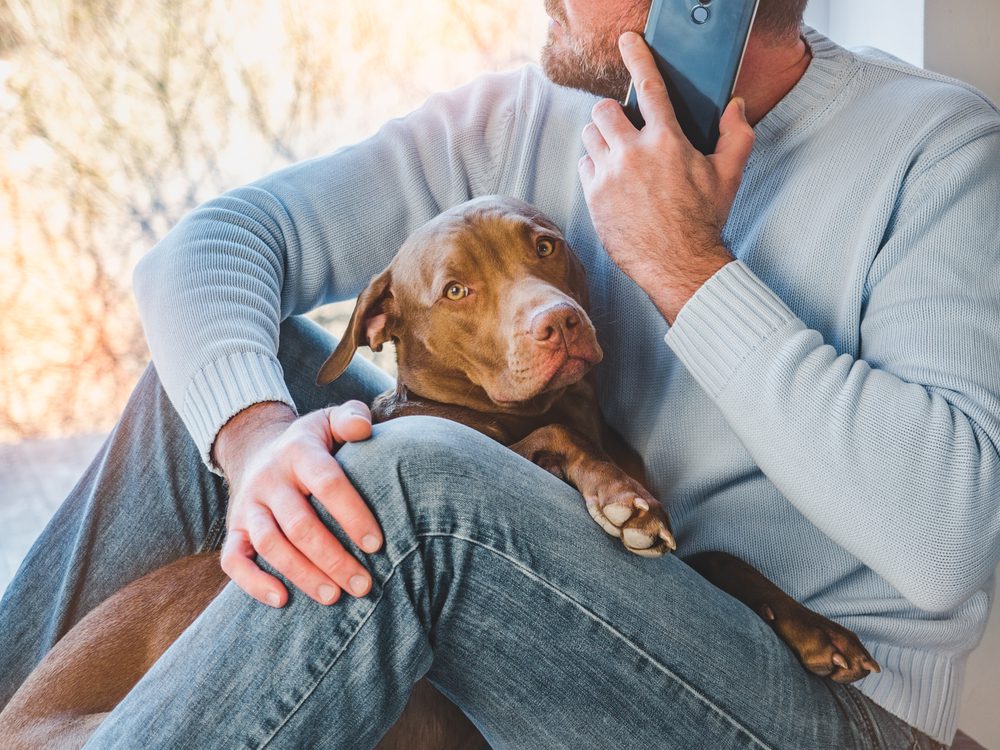
When your dog decides to sit on your lap, it could be their method of getting attention or wanting to feel closer to you. Dogs often view their owners as members of their pack, longing for warmth and company. This behavior could also come from a feeling of insecurity, where your dog is looking for comfort and reassurance from you.
Advertisement

